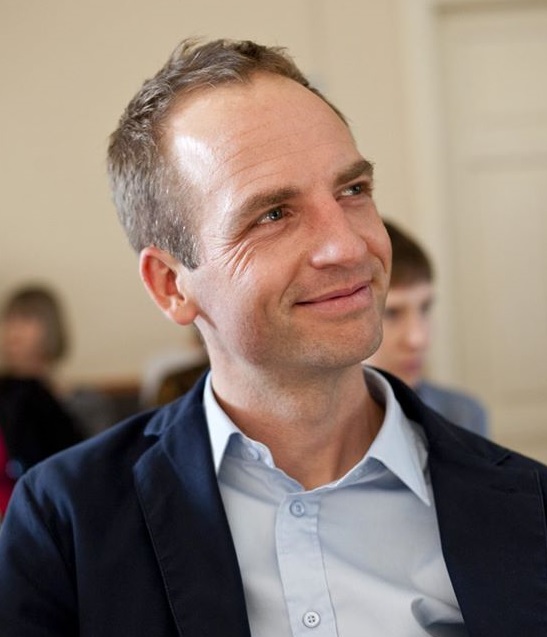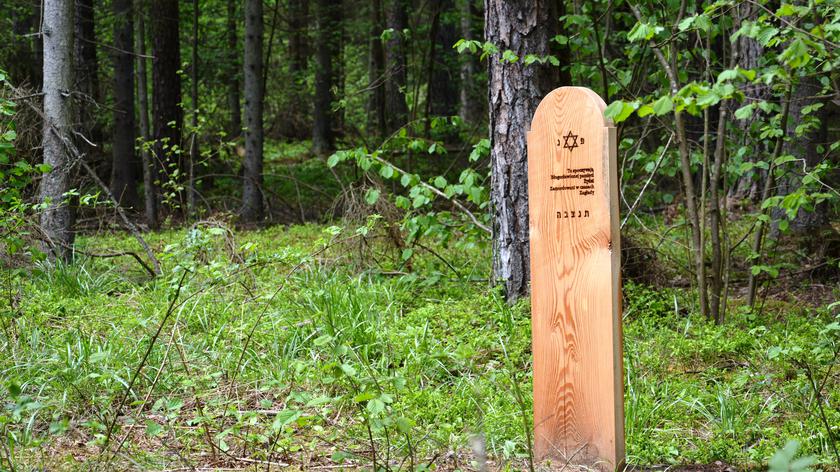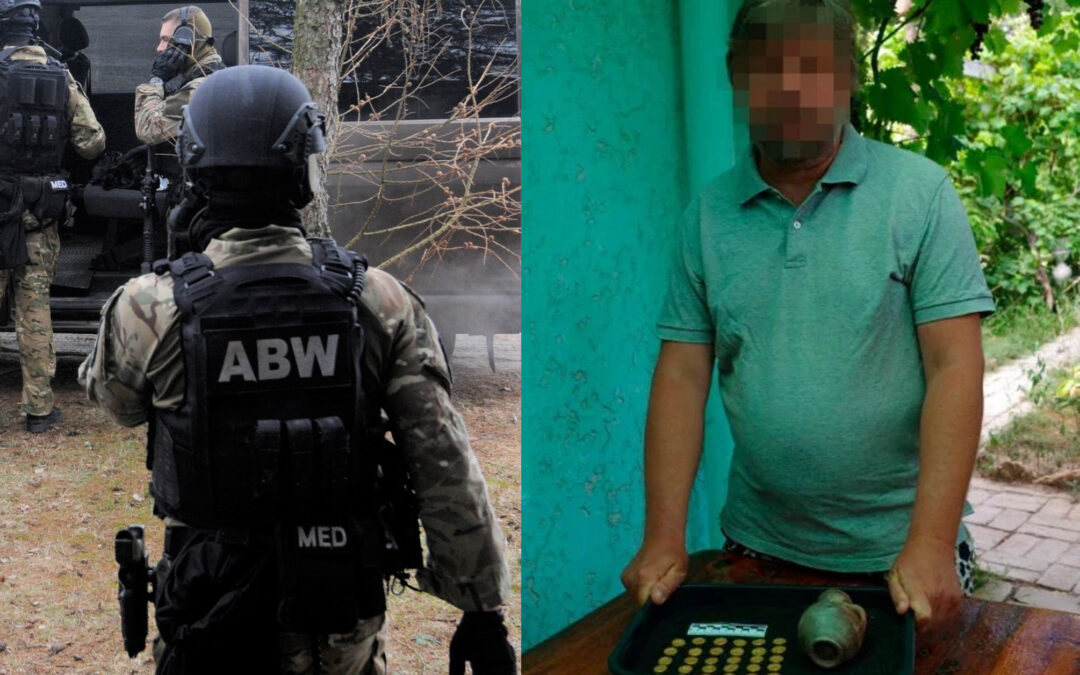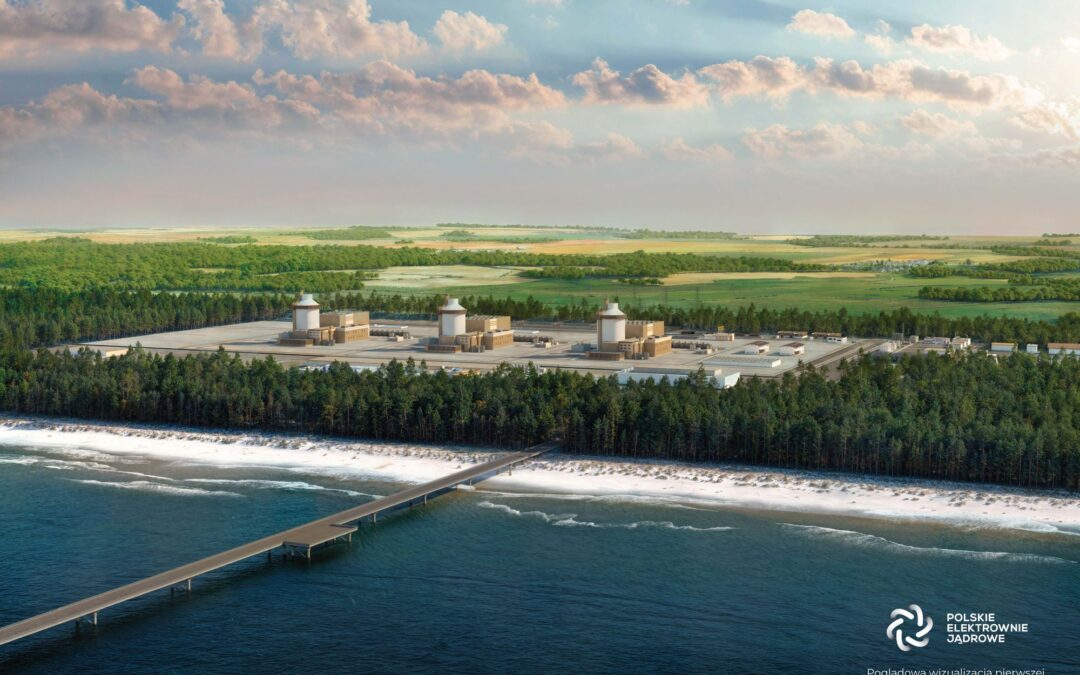A wooden matzevah, a sacred Jewish pillar, has been erected in Knyszyn Forest in northeastern Poland to commemorate eight Jews who were murdered by German soldiers after escaping a nearby ghetto in 1944. A permanent stone monument will be put up at the site later this year
The memorials are the work of the Zapomniane (meaning “Forgotten)” foundation, which is devoted to finding and commemorating the graves of Holocaust victims. It met with local authorities and foresters earlier this month to coordinate work on the remembrance site.
“The Holocaust is widely associated with extermination camps; yet there are hundreds of unnamed graves in which Jews murdered during the Holocaust lie,” Iwona Lewandowska from the foundation told TVN24. “Not a week goes by when we do not receive information about such sites we did not know about.”
“They were fugitives from the Białystok ghetto: seven men and one woman,” said Krzysztof Łaziuk from the Supraśl forestry body. “All young, aged 20-30. They sought refuge in Knyszyn Forest, and the local population provided them with food and helped them to survive.”
In February 1944, the group’s tracks in the snow gave them away and the German forest inspector alerted the military police.
“The Germans laid a trap. The captured Jews were ordered to undress and lie down along the path, face to face. They were murdered with shots to the back of the head and their remains were buried at the site of the execution,” Łaziuk told TVN24.
Locals had previously marked the spot with a simple plaque commemorating the victims. But the passage of time had left it in a poor state, according to Agnieszka Nieradko-Pająk of the Zapomniane foundation.
“This year we plan a permanent memorial with a stone matzevah which will have information about the Jews buried here engraved on it,” Nieradko-Pająk told TVN24.
“That will be one of six commemorations throughout the country for which we have received funding from the U.S Commission for the Preservation of America’s Heritage Abroad,” she added.
“Such initiatives only make sense when there is support from the local communities. And that is the case here,” said Nieradko-Pająk. The foundation also plans this year to commemorate two mass graves where around 1,500 Jews are buried in the forest near Szumów.
The Zapomniane foundation, which says it “supports local communities in coming to terms with the past and dealing with the difficult heritage of World War II” and aims to “build awareness of the former inhabitants of Poland and to restore the memory of their lives”, features a map on its website showing the locations of Jewish graves.
Its work is also supported by funding from Germany, whose ambassador met with representatives of the foundation in November.
Nazi Germany established Jewish ghettos in a number of occupied Polish cities during World War Two. In 1939, Poland had had Europe’s largest Jewish population, of over three million. After the Holocaust, few remained, with as many as 90% having been killed and others escaping during and after the war.
In Białystok, Jews had made up the majority of the population before World War One, though by the 1930s that proportion had fallen to around 43%. In 1941, the Germans created a ghetto there into which around 50,000 Jews from Białystok and the surrounding area were crammed.
Many of them were used as slave labour before the ghetto’s liquidation in November 1943, when the remaining inhabitants were transported to the gas chambers of Treblinka or to the concentration and extermination camp of Majdanek. Only a few hundred survived the war.
Main image credit: Nadleśnictwo Supraśl/Facebook

Ben Koschalka is a translator, lecturer, and senior editor at Notes from Poland. Originally from Britain, he has lived in Kraków since 2005.




















